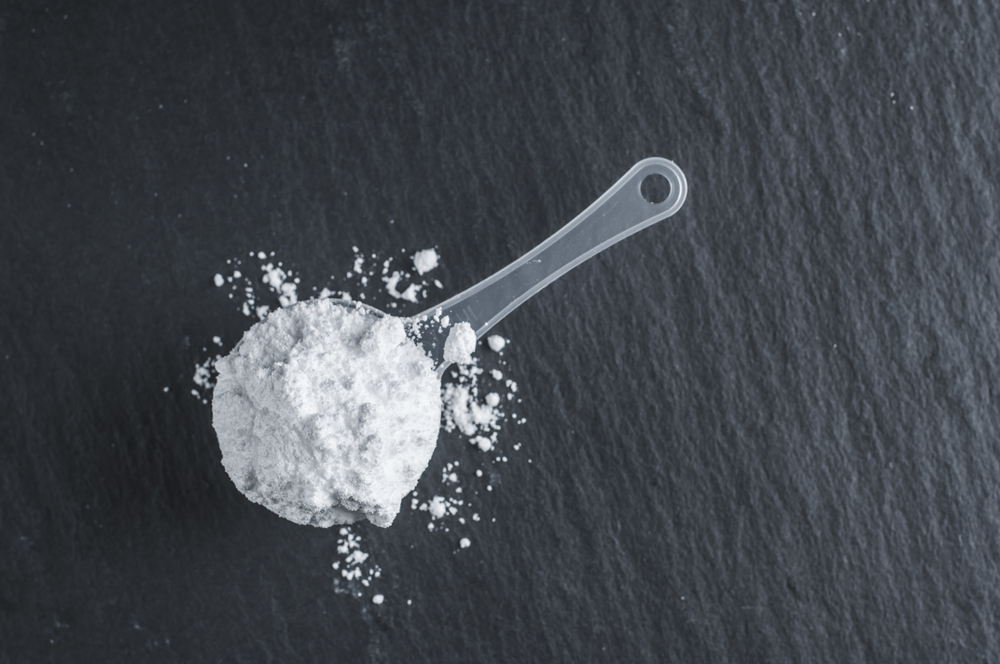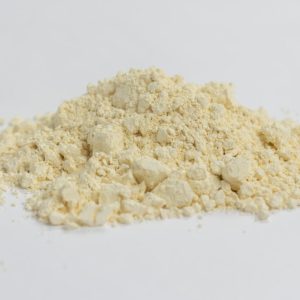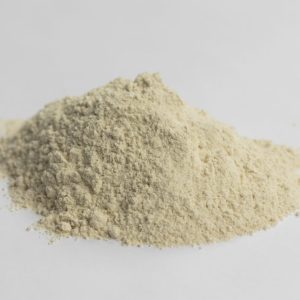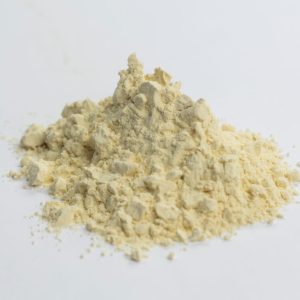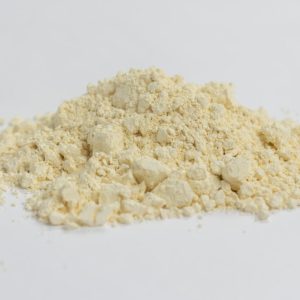More About Glucosamine Sulphate 2KCL – Standard
A lack of Glucosamine can reduce the rate of production of these important macromolecules thereby leading to tissue weakness. In certain cases of trauma to the tissues, the amount of Glucosamine normally produced by the body is not enough. The tissues containing these glycosamine macromolecules include tendons and ligaments, cartilage, synovial fluid, mucus membranes, several structures in the eye, blood vessels, and heart valves.
Glucosamine Sulphate is one of the biological chemicals that form all the major cushioning ingredients of joint fluids and surrounding tissues. Glucosamine Sulphate and its associated macromolecules help to make the synovial fluid thick and elastic in joints and vertebrae.
Tissues in the joints can become damaged when these lubricating synovial fluids in the joint spaces become thin and watery. The normal cushioning is lost and consequently the bones and the cartilage scrape against each other inside the joint space. Weakened bursa sacs in the joints can also cause tendons to run against the hard edges of bones, increasing the chance that the cartilage will erode and cause problems with movement and flexibility. These problems can also occur in the spinal column where the individual vertebrae are stacked on top of each other, separated only by the cushioning disc. The space between the vertebrae is where many nerves leave the spinal cord–thus increasing the value of the cushioning fluid. Any injury to this part of the back can cause the gelatinous cartilage to soften. When this happens pressure may be put on the nerves, causing damage and loss of nerve function. Glucosamine Sulphate helps increase the thickness of the gelatinous material, creating more support for the joints and vertebrae.
Glucosamine Sulphate can increase the chance for positive results in a short period of time for a variety of problems including:
• Breakdown and inflammation of the synovial fluids
• Damage to the tissues, ligaments and muscles
• Inflamed disc and sciatica nerve
• Inflamed joints associated with ageing
• Loss of elasticity on the invertebral discs
Glucosamine Sulphate, which is naturally found in high concentrations in joint structures, appears to be one remedy that helps osteoarthritic causes and symptoms. Glucosamine Sulphate has been shown to exert a protective effect against joint destruction and is selectively used by joint tissues, exerting a powerful healing effect on arthritic symptoms.


